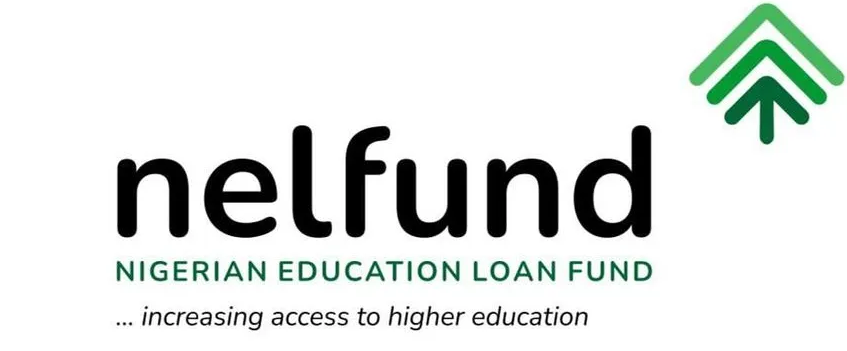In an atmosphere charged with renewed optimism, Nigeria’s higher education financing landscape is undergoing a historic shift, thanks largely to a bold government initiative. The Nigerian Education Loan Fund is steadily emerging as a game-changer, injecting hope, reducing financial barriers, and arming students with the means to pursue their academic dreams without compromise.
Table of Contents

Nigerian Education Loan Fund (NELFUND): From Vision to Reality
Signed into law on April 3, 2024, via the Student Loans (Access to Higher Education) Act, 2024, the Nigerian Education Loan Fund was created to replace underperforming predecessors and craft a modern, inclusive student loan architecture.
Long plagued by restrictive eligibility criteria and tangled governance, prior student loan schemes in Nigeria had limited impact. NELFUND, by contrast, was engineered for transparency, accessibility, and scalability. With a governance structure balancing representation from key ministries and led operationally by its Managing Director, Akintunde Sawyerr, the fund began mapping new possibilities for students.
Laying the Foundations: Institution Access and Application Rollout
From the outset, NELFUND prioritised partnerships with federal institutions—institutions whose student data was already in digital form, ensuring an orderly and secure launch of the application process. This strategic approach enabled students to apply smoothly and avoid bureaucratic bottlenecks.
By June 2024, progress extended to the states: with data-uploads lagging, applications from numerous state schools were postponed—only 20 out of 48 state universities, 12 out of 54 colleges, and 2 out of 49 polytechnics had complied, delaying their eligibility until mid-July. Nevertheless, by expanding its reach, the fund gradually cleared 108 state-owned tertiary institutions, dramatically widening access.

Disbursements That Resound: The Numbers Tell the Story
By August 2024, Nigerian Education Loan Fund disbursements had already topped ₦2.9 billion across 19 institutions, aiding 27,667 students. A second wave followed in September, taking help to 59 institutions.
Just two months later, in October 2024, NELFUND broke through the ₦10 billion mark in disbursements, with over 350,000 applications pouring in—proof of the urgent need and student trust in the scheme. The fund’s leadership reiterated its commitment to inclusivity, especially for students with disabilities and those at risk of dropping out.
Fast-forwarding to early 2025, the surge continued. By January, the fund had disbursed ₦116 billion to benefit over 680,000 students—₦37 billion went to institutional fees and ₦78 billion to student upkeep, demonstrating a dual-focus approach to finance both tuition and living costs.
Meanwhile, in February, NELFUND publicly corrected inaccurate media reports that claimed ₦104 billion had reached 600,000 beneficiaries. The fund’s actual figures were far more precise: ₦20.07 billion for fees (helping 192,906 students) and ₦12.82 billion for stipends to 169,114 students at ₦20,000 each per month.
By May 2025, the agency reported a total disbursement of ₦54 billion, serving 303 institutions and some 293,000 students. Of this, ₦30 billion covered tuition, while ₦24 billion was allocated as stipends.
Challenges, Accountability, and the Trust Imperative
No reform is without its challenges, and Nigerian Education Loan Fund has weathered its share. Institutions that withheld disbursement information—accepting funds yet continuing to demand fees from students—were strongly admonished by Managing Director Sawyerr. He characterized such behavior as unethical and in direct violation of NELFUND’s founding principles.
In a murkier moment, allegations surfaced that funds had been diverted. However, NELFUND swiftly responded, and within hours the Independent Corrupt Practices and Related Offences Commission (ICPC) retracted its claim—an unusual but welcome reversal that underscored NELFUND’s standing on transparency, even as reputation took a temporary hit.
Financing the Future: Funding Sources and Strategy
Long-term sustainability remains at the centre of NELFUND’s vision. A key strategy includes leveraging reforms to the Tertiary Education Trust Fund (TETFund), where 30% of its revenue from the Federation Account is proposed to flow to NELFUND. Another vital policy stipulation: NELFUND’s administrative expenses are capped at 5%, ensuring the bulk of funds directly benefit students.
These measures reflect a broader commitment to prudent fiscal management, efficient deployment, and delivering on the promise of expanded access to higher education.

Conclusion
Emerging from legislative halls into classrooms and dormitories nationwide, the Nigerian Education Loan Fund has ignited a transformation, one where financial limitations no longer define academic destiny. From its legal birth in April 2024 to the tens of billions of naira now mobilised for tuition and upkeep, the fund’s impact is tangible.
As it navigates the challenges of implementation, trust erosion, and expanding coverage, the fund’s unwavering focus on transparency, fairness, and inclusivity marks a new philosophy in national education financing. For countless Nigerians—especially those historically marginalised—this is more than a loan scheme. It is a gateway.
Join Our Social Media Channels:
WhatsApp: NaijaEyes
Facebook: NaijaEyes
Twitter: NaijaEyes
Instagram: NaijaEyes
TikTok: NaijaEyes
READ THE LATEST EDUCATION NEWS





